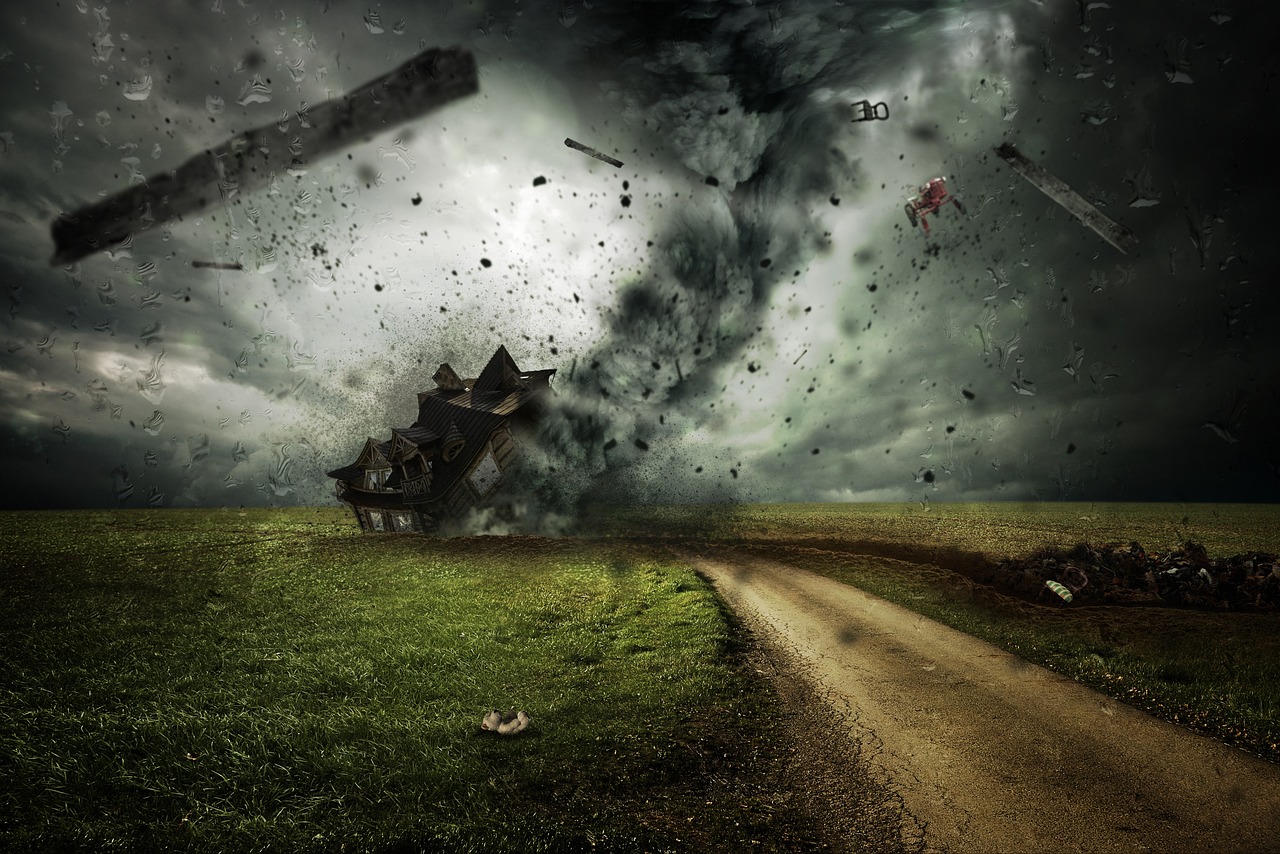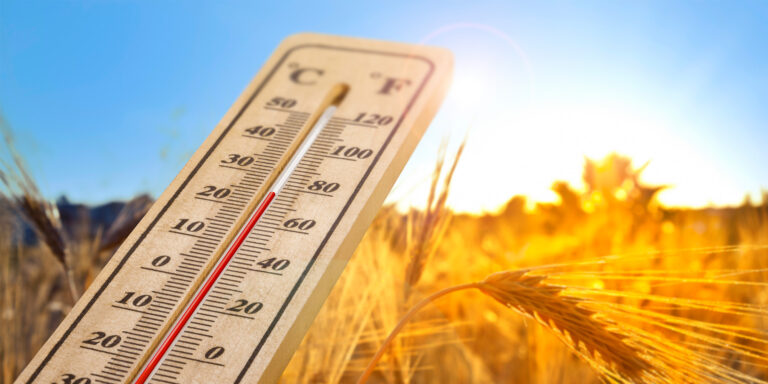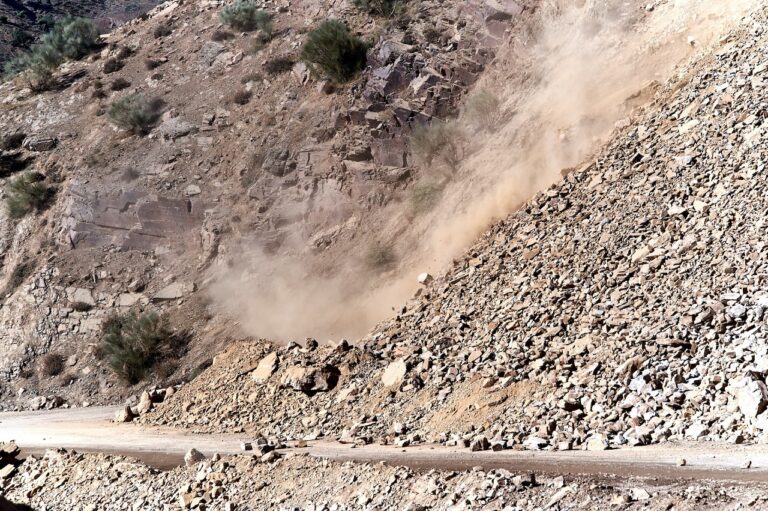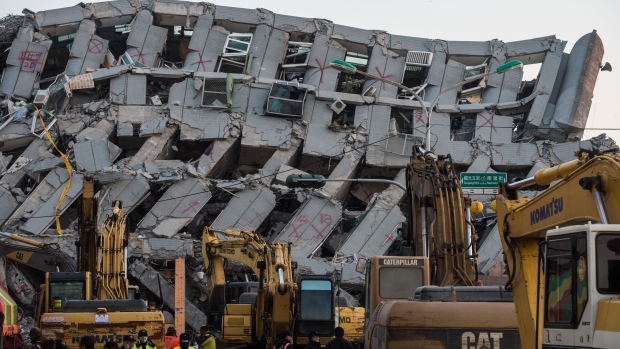Cyclones are caused by atmospheric disturbances around a low-pressure area distinguished by swift and often destructive air circulation. Cyclones are usually accompanied by violent storms and bad weather. Cyclones are classified as: (i) extra tropical cyclones (also called temperate cyclones); and (ii) tropical cyclones.Tropical cyclones are the progeny of ocean and atmosphere, powered by the heat from the sea; and driven by easterly trades and temperate westerlies, high planetary winds and their own fierce energy. Extra tropical cyclones occur in temperate zones and high latitude regions, though they are known to originate in the Polar Regions.
Formation of Cyclones: Cyclones develop when several conditions are met, including warm ocean waters (typically above 26 degrees Celsius or 79 degrees Fahrenheit), high humidity, and a disturbance in the atmosphere, such as a cluster of thunderstorms. As warm, moist air rises from the ocean’s surface, it cools, condenses, and releases latent heat, which drives the storm’s circulation. The Earth’s rotation, known as the Coriolis effect, causes the storm system to rotate counterclockwise in the Northern Hemisphere and clockwise in the Southern Hemisphere, giving rise to the characteristic spinning motion.
Stages of a Cyclone: Cyclones go through various stages of development, from a tropical disturbance to a full-fledged cyclone. These stages are typically classified as follows:
- Tropical Disturbance: This is the initial stage when a cluster of thunderstorms develops over warm ocean waters. It is characterized by disorganized circulation and lacks the strong winds associated with mature cyclones.
- Tropical Depression: When the disturbance intensifies and exhibits a more organized circulation pattern with sustained wind speeds below 39 mph (63 km/h), it is classified as a tropical depression.
- Tropical Storm: If the depression continues to intensify, reaching sustained wind speeds between 39 and 73 mph (63-118 km/h), it is upgraded to a tropical storm and given a name.
- Cyclone (Hurricane or Typhoon): When a tropical storm’s wind speeds exceed 74 mph (119 km/h), it is classified as a cyclone, hurricane, or typhoon, depending on its location. Cyclones are classified into different categories based on their wind speed, with Category 1 being the least severe and Category 5 being the most intense.
- Destructive Winds: Cyclones are known for their powerful winds that can cause significant damage to buildings, infrastructure, and vegetation. Wind speeds can reach well over 100 mph in severe cyclones.
- Heavy Rainfall: Cyclones often bring torrential rains, leading to flooding, landslides, and the displacement of people. Prolonged rainfall can result in the inundation of coastal areas and the destruction of crops.
- Storm Surge: The low-pressure center of a cyclone can cause a bulge of water, known as a storm surge, which can inundate coastal areas, leading to widespread flooding and erosion.
- Tornadoes: Cyclones can produce tornadoes, which are small but intense windstorms that cause localized damage and destruction.
- Environmental Impact: Cyclones can have a significant impact on ecosystems, damaging coral reefs, mangroves, and other natural habitats. They can also lead to the release of pollutants and debris into the ocean.




